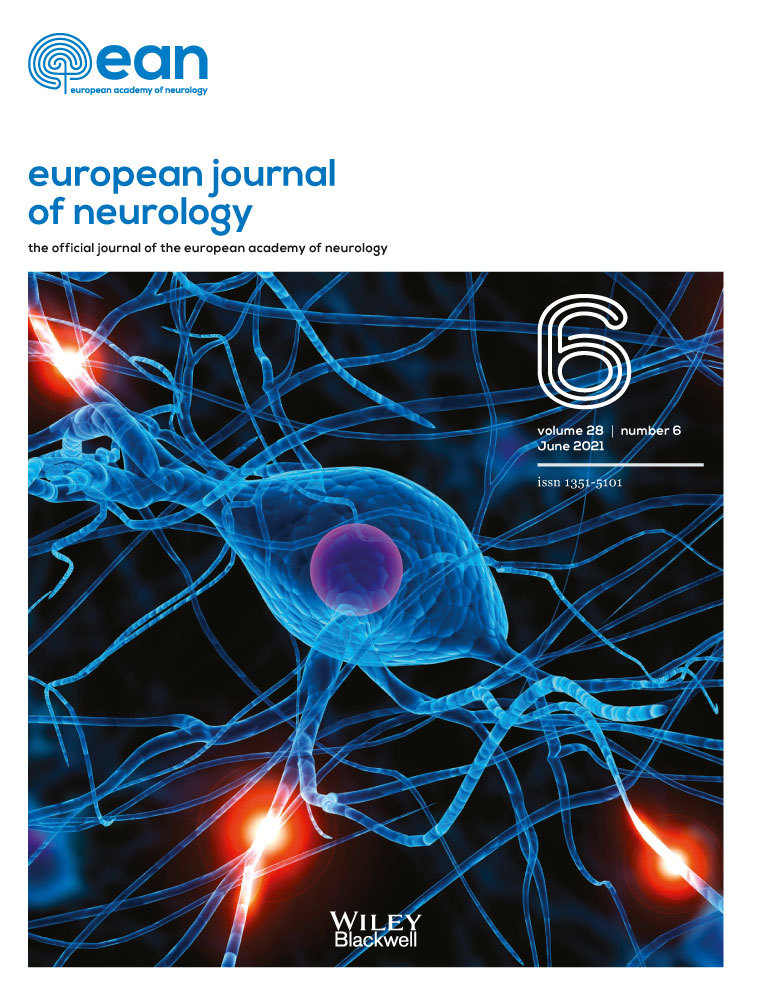False-negative tests in Huntington's disease: A new variant within primer hybridization site
Abstract
Background
Establishing the diagnosis of Huntington’s disease (HD) involves molecular genetic testing and estimation of the number of CAG repeats.
Material and Methods
We report a 42-year-old patient with clinical phenotype suggestive of HD, who was repeatedly negative on genetic testing for HD at a reference laboratory. He had positive history of similar symptoms in his father, but not in other family members. During a 2-year follow-up his symptoms slowly deteriorated (videos attached). The family history was misleading, as we discovered that patient’s father was adopted as infant. Having excluded HD-like disorders and other causes of the symptoms we hypothesized that the primer could not bind to the mutated allele.
Results
The PCR reaction with primers HD1 and Hu3 revealed homozygosity of the other adjacent microsatellite tract consisting of the CCG repeats. The newly designed set of primers, located outside of the CAG tract (HD6extF, HD7extR) was used and enabled amplification of the mutant allele and detection of the abnormal range of CAG repeats.
Conclusions
As application of the novel primers led to the diagnosis of HD in other 5 patients previously tested negative, we propose their incorporation into routine genetic testing in patients suspected of HD displaying homoallelism in the standard protocol.
CONFLICT OF INTEREST
None declared.
Open Research
DATA AVAILABILITY STATEMENT
Data available on request from the authors.




